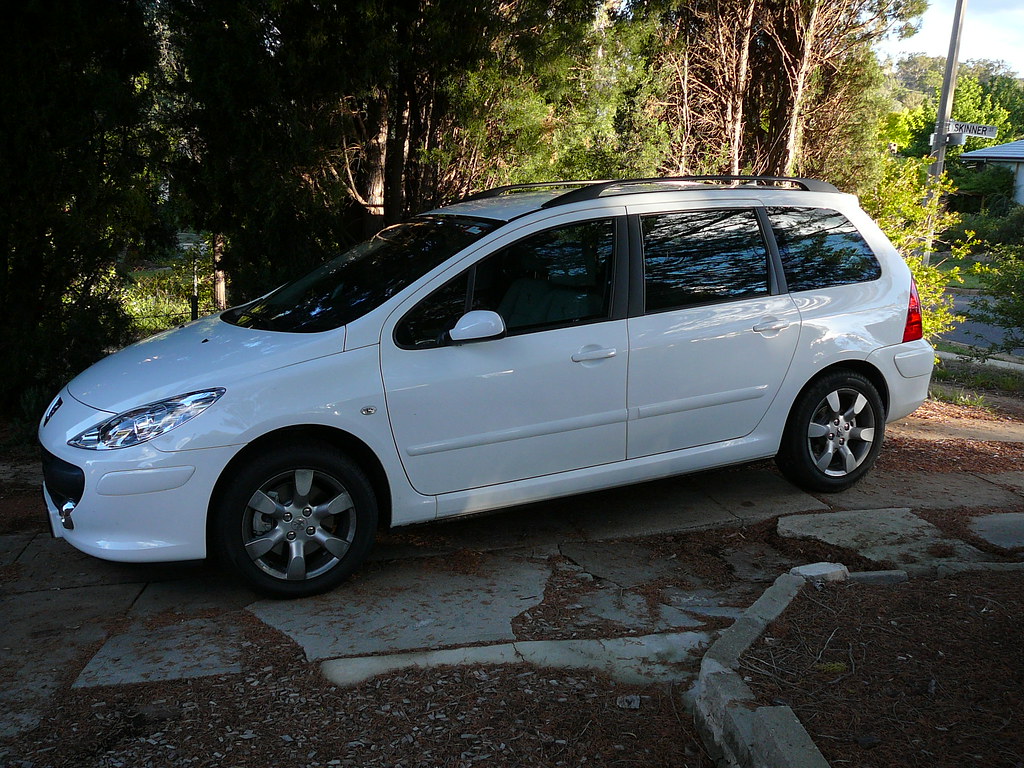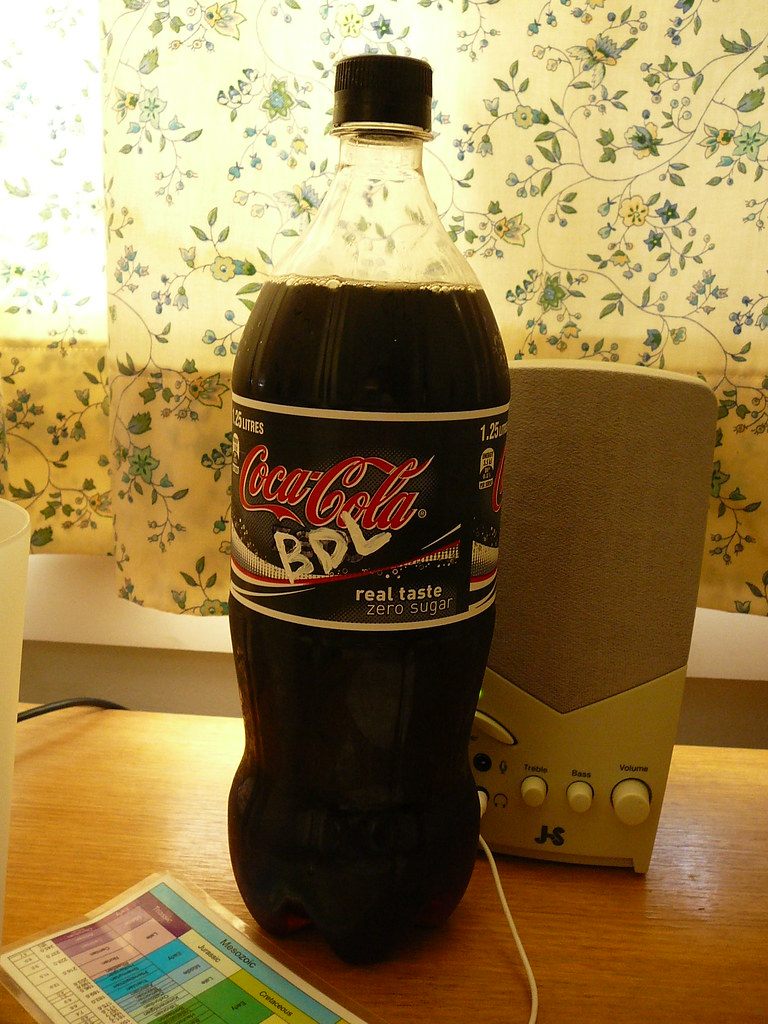Imagine a subtly different alternate universe. A universe where academic jobs were still cutthroat, but a universe where scientists spoke honestly about their ambitions, where scientific competition was as engrained in popular culture as romantic rivalry, and where Avril Lavigne is a promising young analyst:
Hey! Hey! You! You!
I don't like your postdoc!
No way No way!
Think your lab’s in gridlock
Hey! Hey! You! You!
I could be your postdoc
Hey! Hey! You! You!
I know that you cite me
No way! No way!
No it's not a secret
Hey! Hey! You! You!
I want to be your postdoc
Your gas phase, I'll compress it 'till it’s viscous
I use your theory all the time it’s so addictive
Don't you know that I can prove it- I can prove you’re right!
(you’re right you’re right...)
Don't pretend I think you know I'm damn precious
And hell yeah
I'm your sub-field's Fullbright princess
I can tell you like my work, and you know I'm right
Her blanks- so whatever
My pre-cision’s better
I think we should get together now
And that's what everyone's talking about!
Hey! Hey! You! You!
I don't like your postdoc!
No way No way!
Think your lab’s in gridlock
Hey! Hey! You! You!
I could be your postdoc
Hey! Hey! You! You!
I know that you cite me
No way! No way!
No it's not a secret
Hey! Hey! You! You!
I want to be your postdoc
I can see it when your papers citation me
And even when you plagiarize I know you think of me
I know you talk about my protocols
again and again (and again and again and again)
So come over here, tell me what I want to hear
Better yet make your post-doc disappear
I don't want to hear you cite her work ever again
(And again and again and again!)
Her blanks- so whatever
My pre-cision’s better
I think we should get together now
And that's what everyone's talking about!
Hey! Hey! You! You!
I don't like your postdoc!
No way No way!
Think your lab’s in gridlock
Hey! Hey! You! You!
I could be your postdoc
Hey! Hey! You! You!
I know that you cite me
No way! No way!
No it's not a secret
Hey! Hey! You! You!
I want to be your postdoc
In a season you'll be wrapped around my finger
Cuz I can, cuz I can measure better
There's no other
So when's it gonna sink in
A theorist with a lab-
What were you thinking?!
In a decade you'll be working in my basement
Cuz I can, cuz I can fund it better
I’ll have tenure
So when's it gonna sink in
You can adjunct
Or be working in my system!
Hey! Hey! You! You!
I don't like your postdoc!
No way No way!
Think your lab’s in gridlock
Hey! Hey! You! You!
I could be your postdoc
Hey! Hey! You! You!
I know that you cite me
No way! No way!
No it's not a secret
Hey! Hey! You! You!
I want to be your postdoc
No way! No way!
Hey! Hey!
It's a bit scary how few words in the song lyrics I had to change to make this work. Of course, the big conceit here is that in our universe, I find it is the men, and not the women academics who are more likely to be snarky and petty instead of rational and professional.
p.s.
link to original music video (so you can sing along).


